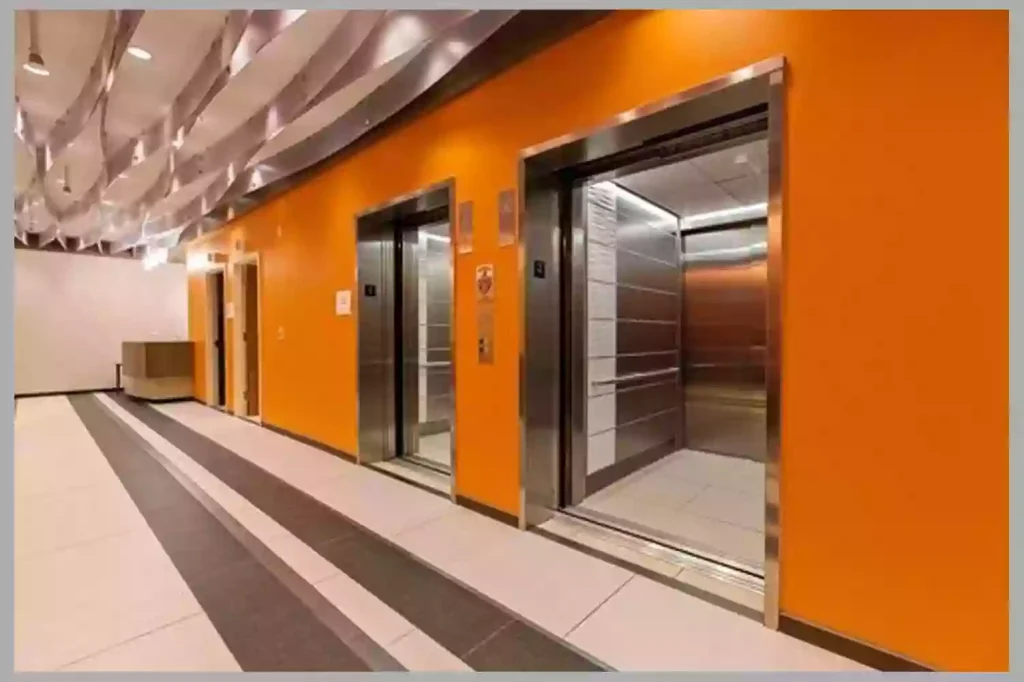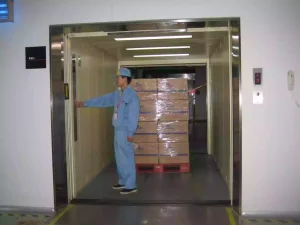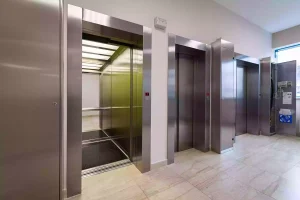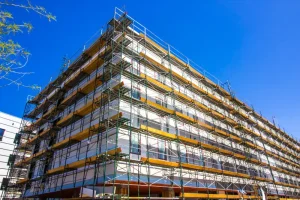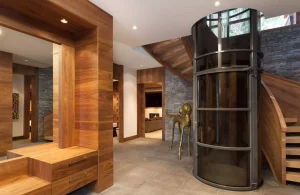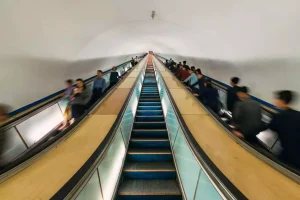Freight elevators and passenger elevators are both used to move things between floors, but they serve very different purposes.
Freight elevators are designed to carry heavy items, like equipment or large shipments, while passenger elevators are meant for transporting people. Understanding the difference between these two types of elevators is key when deciding which one is right for your building. In this article, we will explain what each elevator does and help you choose the best option for your needs.
What Is a Freight Elevator?
A freight elevator is a type of elevator designed to carry heavy goods, equipment, and large items between different floors of a building.
-
Has a larger capacity A freight elevator can carry much heavier loads than a passenger elevator. These elevators are built to handle loads from 2,000 pounds to over 10,000 pounds, depending on the type. This makes them ideal for transporting large items like furniture, appliances, or heavy machinery.
-
Varies in size Freight elevators come in different sizes depending on the building and purpose. They can range in size from smaller units in low-rise buildings to larger units in warehouses and factories. The space inside is often wider and taller than that of a regular passenger elevator.
-
Durable construction Freight elevators are built to be tough. They usually have reinforced frames and durable doors to handle the wear and tear that comes with carrying heavy loads. The floors are often made of strong materials like steel to prevent damage from heavy items.
-
Wide doors for easy loading One of the key features of a freight elevator is its wide doors, which allow for easy loading and unloading of large items. The doors may open with a sliding mechanism or even a roll-up door, like those found in loading docks.
-
Special features Many freight elevators come with special features like hydraulic lifts or pull-out ramps to help load and unload heavy goods. These features make it easier to move large items into and out of the elevator safely.
What Is a Passenger Elevator?
A passenger elevator is a type of elevator designed to transport people safely and comfortably between floors in a building.
-
Designed for people Passenger elevators are built to carry people rather than goods. They typically have a smaller weight capacity than freight elevators, usually ranging from 2,000 to 5,000 pounds, depending on the building’s needs.
-
Comfort and convenience These elevators are designed with comfort in mind. They often have features like smooth ride quality, cushioned floors, and modern buttons for easy use. Some passenger elevators even include music or lights to create a pleasant atmosphere during the ride.
-
Safety features Safety is a key priority for passenger elevators. They are equipped with features such as door sensors, emergency buttons, and communication systems to help passengers in case of an emergency. They also have backup power to ensure they work even during power outages.
-
Varies in size and design Passenger elevators come in different sizes depending on the building. Some are designed for homes, while others are used in office buildings or shopping malls. The interior design of the elevator may also vary, with options for custom finishes to match the style of the building.
-
Easy to use Passenger elevators are made to be easy for everyone to use, including people with disabilities. Many have features like low-mounted buttons, wide doors for easy entry, and enough space for wheelchairs or strollers.
Freight Elevator vs Passenger Elevator: Main Differences
When choosing the right elevator for a building, you need to understand the key differences between freight and passenger elevators. Each type serves a different purpose. Knowing their features will help you pick the one that best meets your needs.
Purpose and Design
A freight elevator carries heavy goods, equipment, or large shipments. A passenger elevator transports people. Freight elevators are larger and stronger to handle heavy loads. Passenger elevators focus on providing comfort and safety for people.
Size and Capacity
Freight elevators are much larger than passenger elevators. They have more space to fit bulky items like furniture or machinery, and can carry up to 10,000 pounds or more. , passenger elevators usually carry between 2,000 to 5,000 pounds and are sized to comfortably hold people.
Speed and Comfort
Passenger elevators move people quickly and comfortably. They offer smooth rides with features like air conditioning, lighting, and easy-to-use buttons. Freight elevators are slower and focus on safely moving heavy items over providing comfort.
Doors and Loading
The doors on freight elevators are usually wider and more durable to allow easy loading of heavy goods. Freight elevators often have roll-up doors. Passenger elevators usually have sliding doors for convenience and comfort.
Safety Features
Both types of elevators have safety features. But, passenger elevators include more advanced systems, such as emergency alarms and automatic door sensors.Freight elevators focus more on stability and strength to safely carry heavy loads.
Understanding the differences between freight and passenger elevators helps you choose the right one for your building. If you need to move people, a passenger elevator is the best choice. If you need to transport heavy goods, go for a freight elevator. Knowing these differences ensures you pick the elevator that fits your needs.
Freight Elevator vs Passenger Elevator: Which One to Choose?
Choosing between a freight elevator and a passenger elevator depends on your needs:
-
If you run a business or manage a building that handles heavy loads, like a warehouse or factory, a freight elevator is the best choice. It can handle large deliveries and bulky items, making it more suitable for industrial use.
-
If you need an elevator for residential or office buildings, a passenger elevator is the better option. It’s designed for people’s comfort and safety, and its features like smooth ride quality and accessibility make it perfect for regular use.
Conclusion
Both freight elevators and passenger elevators are essential in different contexts. Freight elevators move large, heavy items, while passenger elevators are made for people. Understanding the main differences helps you choose the right elevator for your needs. Whether it’s for a commercial building, home, or industrial space, knowing these differences will guide your decision.


